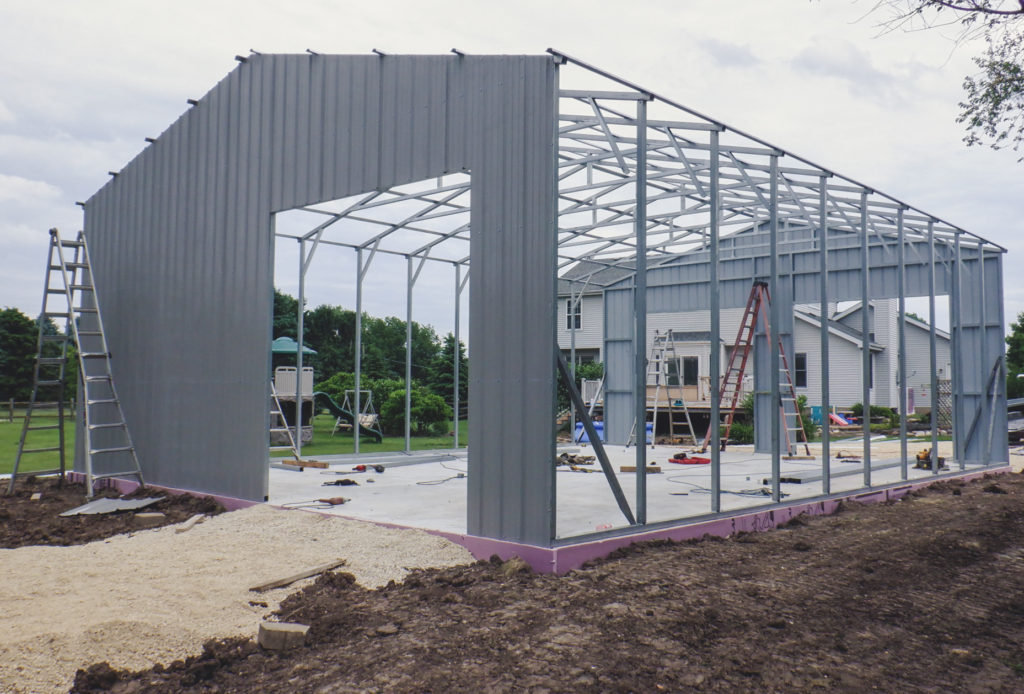
Steel is a superb material, but with its varieties, it is difficult to distinguish which will serve best in building construction. If you’re looking for types of steel suitable for this purpose, there are at least eight products to consider. Here are the eight types of steel that are commonly used in building construction:
Carbon steel is an alloy of iron and carbon that commonly contains up to 2.1% carbon by weight and elements like manganese, sulfur, phosphorus, and silicon. It is categorized into multiple grades based on its specific chemical composition and is particularly good for structural applications due to its low cost and high strength. Moreover, carbon steel is less prone to deformation or erosion but can stand up better to wear and tear.
Alloy steel is a mix of manganese, silicon, nickel, and chromium with steel. It’s harder and stronger than regular carbon steel and offers good heat-treatability. Alloy steel also has good weldability, corrosion resistance, and formability and doesn’t require periodic painting or sealing like other metals.
Stainless steel is an alloy of iron, chromium, and other metals like nickel or molybdenum. Because of this combination, it is a strong, durable, and corrosion-resistant material. Moreover, stainless steel is fire-resistant and non-combustible. It is perfect for structural framing, cladding, windows, doors, and other buildings that endure extreme weather conditions.

Additionally, stainless steel-made handrails, balconies, and other decorative accents add character to a building.
Tool steel is a steel alloy type with high levels of carbon, tungsten, chromium, and other metals. It is why it has the strength and durability to be fit for many construction projects. Moreover, it is hard and resistant enough to wear, fatigue, corrosion, and cracking even under extreme conditions.
Weathering steel is a steel alloy containing copper, phosphorus, chromium, and nickel. This steel product is recommendable if you want something that is corrosion-resistant and valuable for construction purposes but affordable. Generally, weathering steel is perfect for outdoor structures such as bridges, walkways, and buildings.
Steel rebar is a hot-rolled metal bar created to reinforce concrete and masonry structures. It can provide additional tensile strength to concrete, defying a greater degree of tension and compression. It can also prevent the cracking of the concrete due to shrinkage or other environmental factors. In addition, steel is highly non-combustible and can reduce the spread of fire. This steel material is suitable for creating foundations, slabs, beams, columns, and walls.
Light gauge steel is a form of steel construction that utilizes cold-formed thin metal sheets and structural members, typically one to three millimeters thick. Builders use it for assembling non-load-bearing walls, partitions, ceilings, and roofs. Many also prefer using this in constructing multi-story residential homes and other projects because it is economical and requires much less labor. Light gauge steel is also a trendy choice for contemporary architecture as it provides a sleek and modern aesthetic.
Structural steel is a metal product in which the shape is a profile and formed with a specific cross-section. It is also checked according to particular chemical composition and mechanical properties standards. Structural steel can be light so that it is more manageable to transport and assemble. Its strength, formability, and weldability are also beneficial in buildings (high-rise or not), large industrial complexes, bridges, etc.
Each type of steel has unique properties and characteristics. The builder must select the appropriate steel type based on the project’s needs to provide structural integrity, durability, and cost efficiency. Moreover, it is also essential to consider each one’s drawbacks before investing. A steel type may require additional protective treatments.
